We will explore the universal option realization of TOP-filters on the levels.
TOP-rules can be set for every level.
It is used for detailed of analysis of data (Expand, Drilldown).
Aggregates are formed based on TOP.

Setting the Sort order will do, as long as the data is sorted in the
most Pivot Table.
SELECT
{ [Measures].[Reseller Sales Amount] }
DIMENSION PROPERTIES PARENT_UNIQUE_NAME , HIERARCHY_UNIQUE_NAME , CUSTOM_ROLLUP , UNARY_OPERATOR , KEY0 ON 0
, ORDER
( HIERARCHIZE
( HIERARCHIZE ( [Geography].[Geography].Levels ( 0 ).Members )
)
, ([Measures].[Reseller Sales Amount])
, BDESC
)
DIMENSION PROPERTIES PARENT_UNIQUE_NAME , HIERARCHY_UNIQUE_NAME , CUSTOM_ROLLUP , UNARY_OPERATOR , KEY0 ON 1
FROM
( SELECT
{ Generate
( [Geography].[Geography].Levels ( 3 ).Members
, TopCount
( Filter
( [Geography].[Geography].CurrentMember.Children
, NOT IsEmpty ( [Measures].[Reseller Sales Amount] )
)
, 3
, [Measures].[Reseller Sales Amount]
)
)
} ON COLUMNS
FROM
( SELECT
{ Generate
( [Geography].[Geography].Levels ( 2 ).Members
, TopCount
( Filter
( [Geography].[Geography].CurrentMember.Children
, NOT IsEmpty ( [Measures].[Reseller Sales Amount] )
)
, 3
, [Measures].[Reseller Sales Amount]
)
)
} ON COLUMNS
FROM
( SELECT
{ Generate
( [Geography].[Geography].Levels ( 1 ).Members
, TopCount
( Filter
( [Geography].[Geography].CurrentMember.Children
, NOT IsEmpty ( [Measures].[Reseller Sales Amount] )
)
, 3
, [Measures].[Reseller Sales Amount]
)
)
} ON COLUMNS
FROM
( SELECT
{ Generate
( [Geography].[Geography].Levels ( 0 ).Members
, TopCount
( Filter
( [Geography].[Geography].CurrentMember.Children
, NOT IsEmpty ( [Measures].[Reseller Sales Amount] )
)
, 3
, [Measures].[Reseller Sales Amount]
)
)
} ON COLUMNS
FROM
( SELECT
{ [Geography].[Geography].Levels ( 0 ).Members } ON COLUMNS
FROM [Adventure Works]
)
)
)
)
)
CELL PROPERTIES BACK_COLOR , CELL_ORDINAL , FORE_COLOR , FONT_NAME , FONT_SIZE , FONT_FLAGS , FORMAT_STRING , VALUE , FORMATTED_VALUE , UPDATEABLE , ACTION_TYPE

